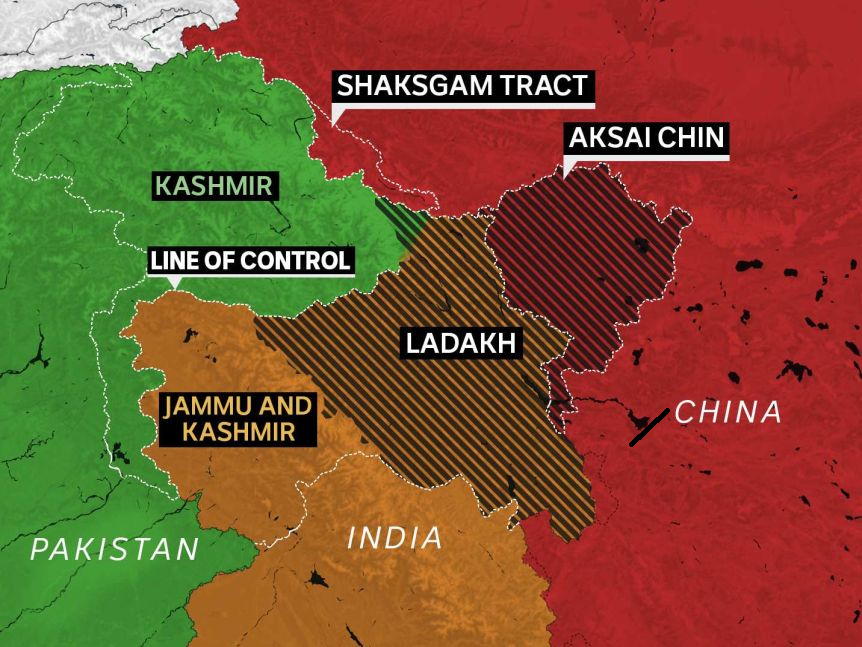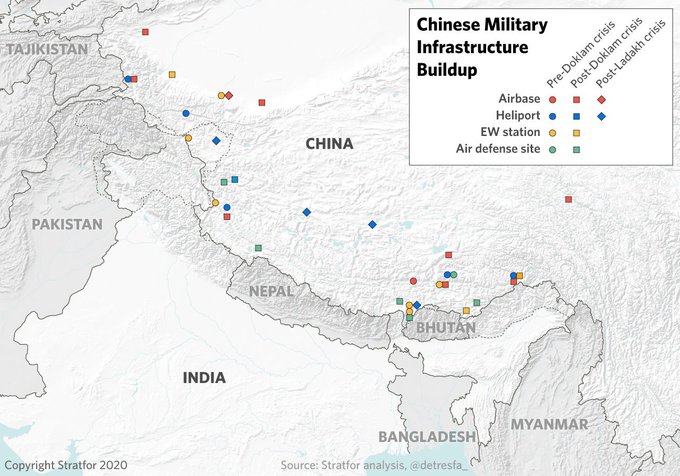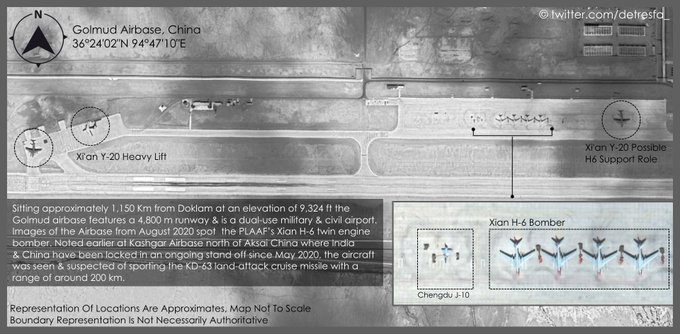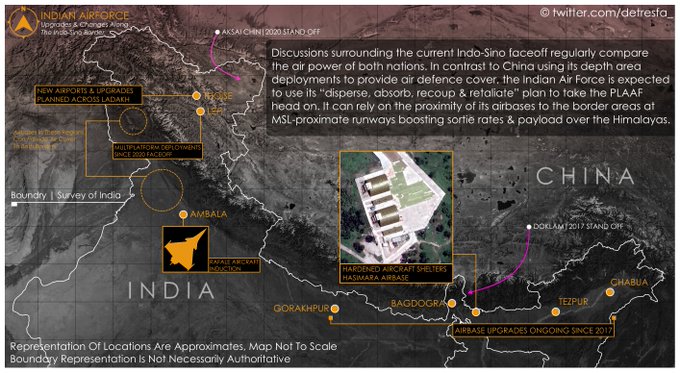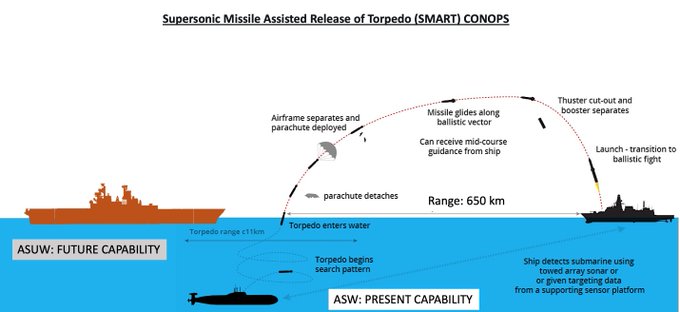From the beginning of this summer’s conflict between China & India, we have been convinced that the real issue is far more strategic than a tactical gain of territory. And that real issue is a zero-sum game.
Now China has lifted the smokescreen by finally claiming that all of “Ladakh” is illegally held territory by India. The formal reason could be the repudiation of the 1842 treaty between Dogra-Sikh kingdom of India and the Tibetan kingdom of China’s Qi dynasty. But the reason is irrelevant.
The reality is India’s Kasmir-Ladakh region is in the way of China & its drive to the Arabian Sea via its China-Pakistan-Economic-Corridor (CPEC) corridor. The simplest way to get it is to look at the map below:
What is the zero-sum game? As we wrote on June 13, 2020 in our article Ladakh-Xinjiang – Long term Game & A Window into China vs. India & USA:
- “If India makes Ladakh impregnable (which it can) and physically takes back NaPak-occupied Kashmir (in green above), then the Kashmir-Ladakh region can 1) sever the China-NaPak physical link thus cutting off China from the Arabian Sea and 2) can serve as a India’s foray into Chinese-occupied Xinjiang.”
- “On the other hand, if China-NaPak can militarily seize Ladakh from India, the Jammu-Kashmir becomes indefensible & loss of both will be cutting off India’s neck and a total disaster for India.”
This is a pure Thucydides scenario as we wrote on July 19, 2020. China thinks they are already a superpower and India is an upstart. And if India is allowed to become a stronger & bigger power, China’s objectives will be contained & possibly defeated.
1. China’s India Dilemma & Options
This Ladakh adventure has already cost China a great deal as Yun Sun of the Stimson Center argued in her September 2020 article The Ladakh Clash: China’s India Dilemma:
- “The Ladakh clash directly confirms China’s image of being an aggressor and a bully in the international arena, exacerbating its worsening reputation as an aggressive, hostile authoritarian state. More importantly, the Ladakh clash, as many Indian analysts have argued, might be the last straw that finally changes India’s attitude toward China — from skepticism and suspicion to outright distrust and hostility.”
So she writes,
” … China’s sheer loss is strategic, and tactical advances in an uninhabitable mountain region cannot offset that fact.”
India is also faced by a stark reality. Faced with a hostile China, India cannot let China win without fighting without destroying its own objectives of becoming accepted as a major power. That would send India back to its 1,000 year experience of being a vassal of Afghans, Uzbeki Mughals & the British. That would not have been acceptable even to the previous Sonia-Manmohan Singh regime let alone today’s Modi regime.
That removes the third “Wining without fighting” option for China and leaves the first two options described by Yun Sun in her September 25, 2020 article China’s growing risk tolerance on ORF:
- A war that ends wars – “deter India with a war that ends wars, just like it did in 1962.”
- Second mover assertiveness – “China makes full preparation for a potential conflict with India but instead of initiating a war, China will only react, but forcefully and resolutely to an Indian act of provocation. … If the border standoff continues or escalates, this will be the most likely scenario.”
Both of these options require a “full preparation” for a major conflict.
2. China’s Preparations
Look at the tweet & its map below:
- d-atis@detresfa_ – Sep 22 – Investigation of the #IndiaChinaFaceOff with @SimTack @Stratfor – mapped #China‘s militaristic strategy applied to the Tibetan Plateau post #Doklam, showing expansion & development of facilities similar to what was seen in the #SouthChinaSea Read here :- bit.ly/3iTS290
Stratfor’s Simon Tack writes in the linked article:
- “China’s strategy aims to confront India with an insurmountable challenge in territorial disputes by leaning on broad support capabilities that provide Beijing with a tremendous ability to mobilize forces into disputed border areas. … China aims to discourage Indian resistance or military action during future border disputes by ostentatiously demonstrating its ability and intent to engage in military confrontations.”
That is not just in Ladakh but all across the India-China Line of Control.
- d-atis@detresfa_ – – Following up earlier research into current #China PLA deployments in #Golmud, #GEOINT from August 2020 help spot PLAAF’s strategic long range bombers deployed on site close to 1,150 Km from #Doklam & the #India border in the North East, possibly part of the #IndiaChinaStandoff
Further,
- d-atis@detresfa_ – Images from Nagqu Town part of the #Tibetan Plateau approximately 200 Kms North of #Lhasa city show evidence of a new heliport being developed in the area, the location could enable faster troop connectivity between north & south #Tibet, also towards Indo-Sino border areas
As Simon Tack writes in his Stratfor article,
- “China’s current emphasis on air power, in particular, also enables it to project military strength deep into the complex Himalayan terrain by exploiting existing gaps in India’s capabilities. … A significant portion of Beijing’s recent infrastructure developments is aimed directly at strengthening its ability to project air power along the entire Indian border at a time when New Delhi itself is struggling to rebuild its air power. “
3. Indian Preparations
- “The PLA Air Force (PLAAF) also suffers from a numerical disparity to the IAF in the border region. Unlike the tripartite organizational division of Chinese ground forces facing India, the Western Theater Command has assumed control of all regional strike aircraft.
- “In the Western Air Command, the IAF possesses around 75 fighters and 34 ground attack aircraft, besides 5 ALGs close to Chinese Tibetan areas. Crucially, the IA and IAF forces described above are all permanently close to China’s border, shortening their mobilization time and limiting the prospects of a successful Chinese cross-border advance.”
- “Other comparative weaknesses permeate the PLAAF’s posture against India. On a strict comparison of available 4th generation fighters, authoritative assessments hold that China’s J-10 fighter is technically comparable to India’s Mirage-2000, and that the Indian Su-30MKI is superior to all theater Chinese fighters, including the additional J-11 and Su-27 models. China hosts a total of around 101 4th-generation fighters in the theater, of which a proportion must be retained for Russian defense, while India has around 122 of its comparable models, solely directed at China.”
- “The high altitude of Chinese air bases in Tibet and Xinjiang, plus the generally difficult geographic and weather conditions of the region, means that Chinese fighters are limited to carrying around half their design payload and fuel. In-flight refueling would be required for PLAAF forces to maximize their strike capacity… Against these underpowered fighters, IAF forces will launch from bases and airfields unaffected by these geographic conditions, with maximum payload and fuel capabilities.”
Since a picture is worth lots & lots of words,
- d-atis@detresfa_ – Combining its “disperse, absorb, recoup & retaliate” strategy with a plethora of border proximate airbases, infrastructural upgrades & new acquisitions, here is a visual that plots how the #IndianAirForce has been preparing & planning for the #China PLAAF threat over the years
Fine, but what does the Indian Air Force think? Look what Air Marshal RKS Bhaduria said on October 5, 2020:
- “We are very well positioned and there is no question that in any conflict scenario China can get the better of us; … Ladakh is a small part of our deployment … We have deployed to all relevant operational locations; … we are fully prepared for any conventional conflict & that also includes a two-front war; … “
- “… there is no question of underestimating China’s AirForce capabilities; they have their own areas of strength but we have catered for all scenarios and are fully capable of handling any threat …. we have the largest strategic airlift in the region … gives us the ability to shoot first and strike deep & hard even in contested air space … “
Watch his demeanor & notice the quiet confidence without even a tinge of bravado.
The Indian Military has also deployed its long range cruise missile with terrain-hugging capability in Ladakh:
In addition to their long range cruise missile & supersonic shorter range Brahmos missiles, India has tested its long range supersonic nuclear-capable surface-to-surface canister-launched missile Shaurya (minutes 4:00 to 5:57 in the video below):
- ” the 10 meter long missile has a strike range of 700 km or 435 miles to 1,800 km or 1,118 miles; … it can carry warheads with a payload of up to a ton; It boasts of a two-engine system which accelerates it to six times the speed of sound before it reaches the height of 40 km or 35 miles post which it cruises towards the intended target. The missile has a unique capability – it can guide itself up to the target like a cruise missile while being powered by solid fuel like a ballistic missile. Because of this, it is highly maneuverable, and much less vulnerable to anti-ballistic missile defense systems. The missile can reach hypersonic speeds – that is it can travel at more than 5 Mach when plunging towards its target. This will ensure that enemy radars would have less than 400 seconds to detect, track and intercept before it hits the intended target. A report in New Indian Express quotes a scientist as saying, Sharya has an element of surprise as it can be kept in locations camouflaged in underground silos from enemy surveillance and the enemies would not be able to detect till it is fired. It cannot be detected by satellite imaging, which makes the system war-ready and lethal. The missile can be fired from both land and underwater submarines,”
It seems clear that any real conflict between China & India will not be restricted to land. India seems ready & willing to extend the conflict to challenge Chinese Navy in the Indian Ocean from the Malacca Straits to the Straits of Hormuz. Here the big challenge is to spot, identify and take out Chinese submarines. In this area, India has developed a SMART missile-assisted torpedo system to target submarines far beyond torpedo range. SMART stands for Supersonic Missile Assisted Release of Torpedo.
Why is it a game changer for India? It provides the capability to target Chinese submarines from a distance without risking surface ships:
- Sameer Joshi@joe_sameer – – The Supersonic Missile Assisted Release of Torpedo (SMART), gives India a valuable stand-off capability against subs in IOR. The point is – it can easily be converted into a 650 km range saturation attack medium to target Chinese carriers/ ships too. @DRDO_India #FlyingTorpedo
What can you do via a SMART swarm?
- Sameer Joshi@joe_sameer – – Interestingly with #SMART, the Indian Navy will be able to blockade the movement of submarines at Gwader & Karachi harbour at stand-of ranges from sea & even from Gujrat. Similarly, the Chinese ingress/ egress route to IOR from Malacca can be dominated from Great Nicobar easily
Getting back to air force & air defense, India this week test fired its Anti-Radiation missile Rudram. An anti-radiation missile is designed to detect, track and neutralize the adversary’s radar, communication assets and other radio frequency sources, which are generally part of their air defense systems.
All the above is the stuff in last 30 days. And we all know it is not stopping here.
4. Bottom Line
The above should leave no doubt that India is absolutely determined to handle anything China decides to throw at them. So what happens in the spring after the snows melt and military operations can resume? We will have to wait & see.
Editor’s PS: As readers can tell, we are fans of the work of @@detresfa_ . Exceptional work. Kudos
